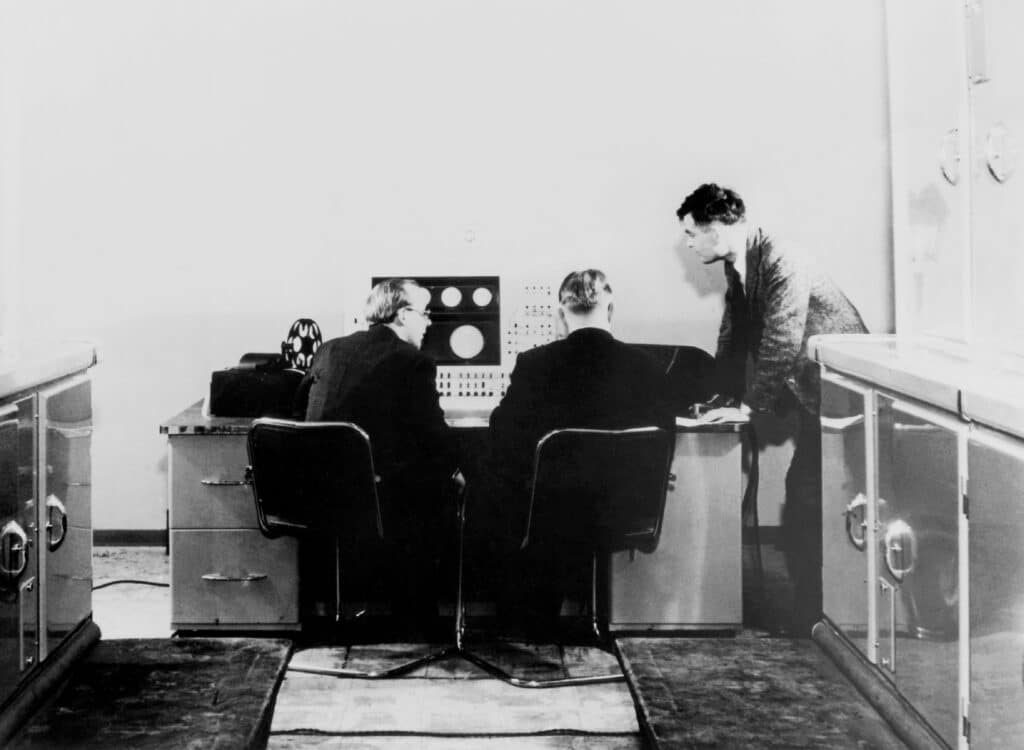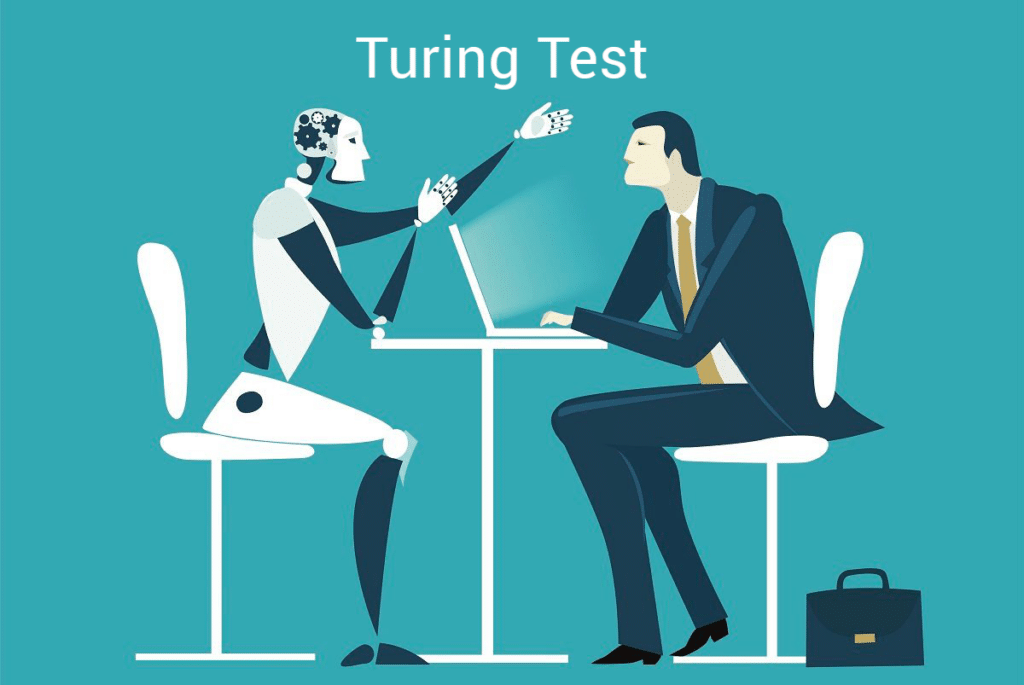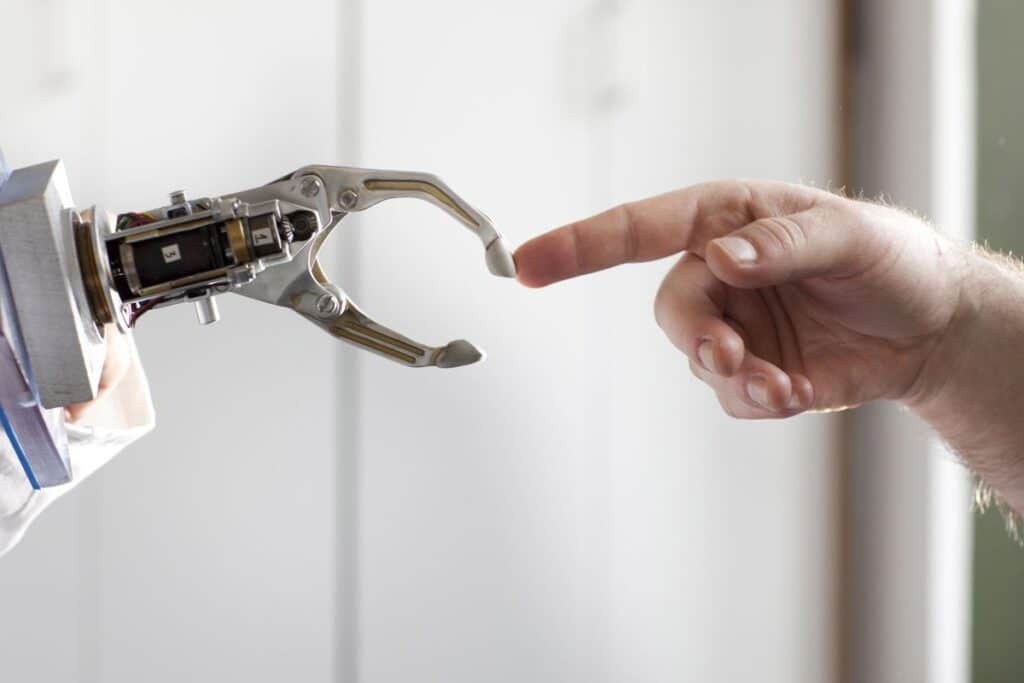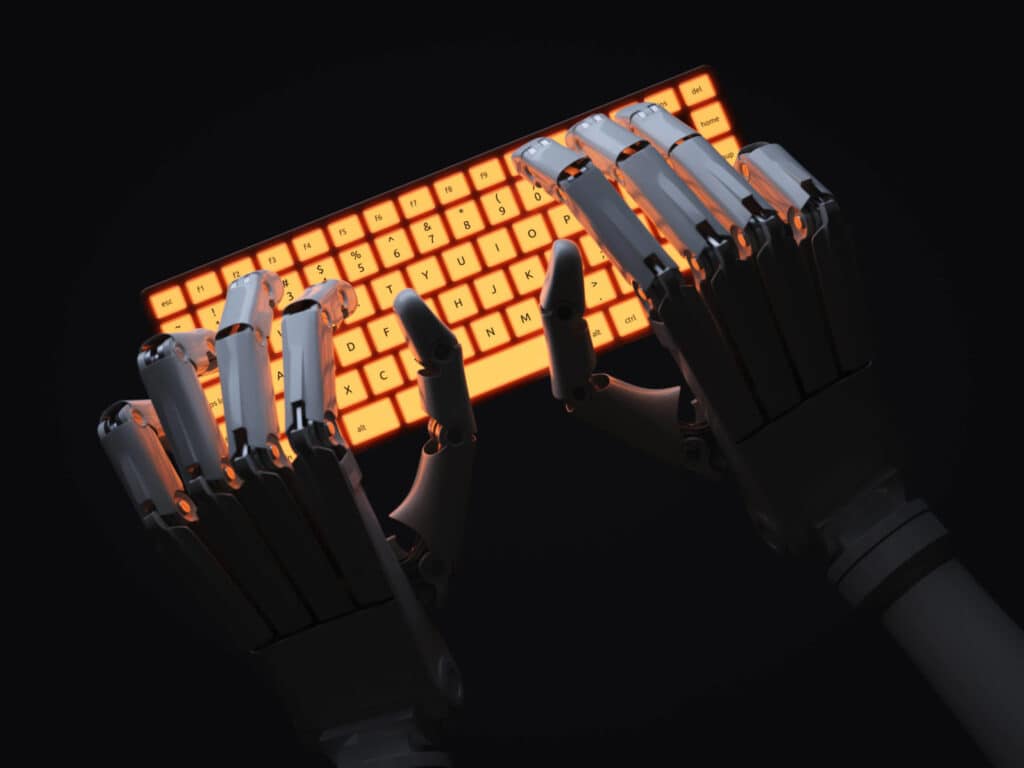The Turing Test is a benchmark test for artificial intelligence (AI) that was proposed by the mathematician Alan Turing in 1950. The test is designed to determine if a machine can exhibit behavior that is indistinguishable from that of a human being. In this article, we will explore the concept of the Turing Test, how it works, and whether it is possible for a machine to pass the test.
So, what are you waiting for, let’s go!
Contents
What is the Turing Test?

The Turing Test is a test of a machine’s ability to exhibit intelligent behavior equivalent to, or indistinguishable from, that of a human. The test is typically administered by a human evaluator who engages in natural language conversations with a machine and a human being, without knowing which is which. If the evaluator cannot consistently distinguish between the machine and the human, the machine is said to have passed the Turing Test.
The Turing Test is designed to measure a machine’s ability to simulate human-like behavior. The test typically involves a text-based conversation between a human evaluator and a machine and a human participant. The evaluator is asked to converse with both the machine and the human participant without knowing which is which. The conversation is typically limited to a specific topic or set of topics.
The machine is said to have passed the Turing Test if the evaluator cannot consistently distinguish between the machine and the human. The machine is deemed to be intelligent enough to simulate human-like behavior if it can successfully deceive the evaluator into thinking it is human.
Can a Machine Pass the Turing Test?
The question of whether a machine can pass the Turing Test has been a topic of debate among scientists and researchers for decades. While there have been several attempts to create machines that can pass the Turing Test, none have been successful so far. One of the main challenges of creating a machine that can pass the Turing Test is developing a natural language processing system that can understand and respond to human language in a way that is indistinguishable from that of a human. While modern AI systems have made significant advances in natural language processing, they are still far from being able to match the complexity and nuance of human language.
Another challenge is developing an AI system that can mimic human-like behavior and personality traits, such as humor, sarcasm, and empathy. While researchers have made progress in developing AI systems that can recognize and respond to emotional cues, creating a machine that can truly exhibit human-like behavior remains a significant challenge.
Will the Turing Test Ever Be Beaten?
The question of whether the Turing Test will ever be beaten is a difficult one to answer. While the Turing Test remains a popular benchmark for evaluating the intelligence of AI systems, many experts believe that it is an outdated and limited measure of intelligence. One criticism of the Turing Test is that it focuses on a narrow set of skills, such as natural language processing and conversation, rather than the broader set of skills that humans possess. Intelligence is a multifaceted concept that encompasses a wide range of cognitive abilities, such as problem-solving, creativity, and spatial reasoning. To truly evaluate the intelligence of an AI system, a more comprehensive set of tests and benchmarks may be necessary.
Another criticism of the Turing Test is that it focuses on the ability of a machine to deceive humans rather than its ability to actually solve problems and accomplish tasks. While the ability to simulate human-like behavior is certainly impressive, it is not necessarily indicative of true intelligence. Despite these criticisms, the Turing Test remains a valuable tool for evaluating the intelligence of AI systems. While it is unlikely that a machine will ever pass the Turing Test in its current form, the development of more sophisticated AI systems and benchmarks may eventually lead to the creation of machines that can exhibit truly intelligent behavior.



